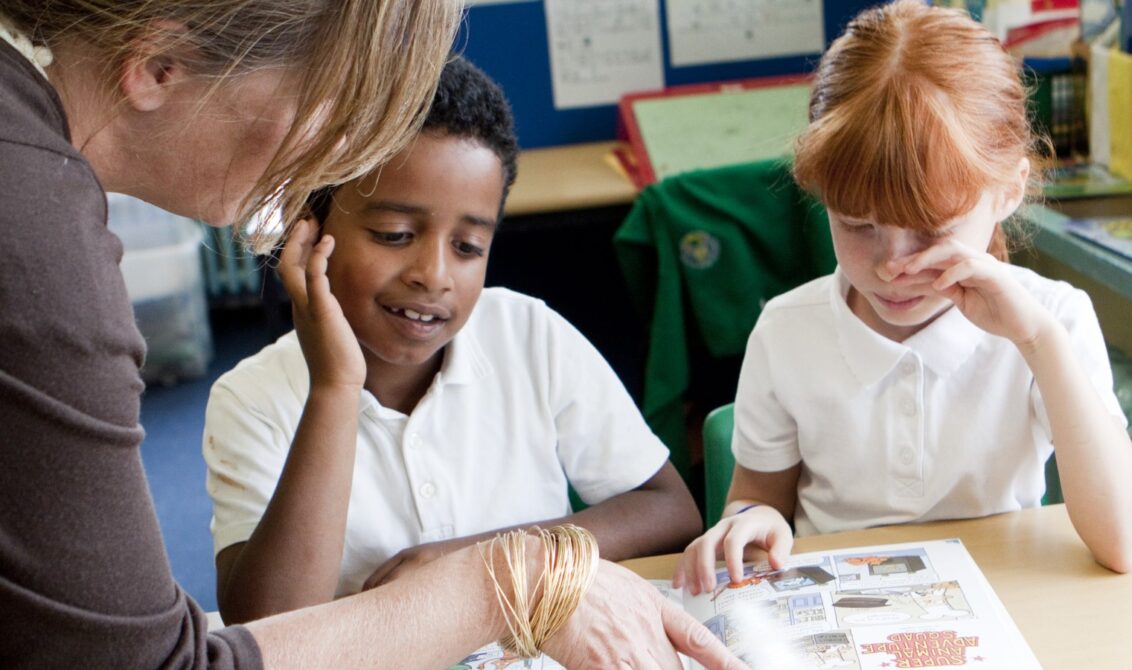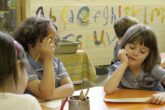
According to Harvard Medical School, children and adolescents who struggle with executive functioning skills can have a harder time reaching independence and making future plans. However, while the foundation for these skills is laid during early childhood, as teachers, you play a pivotal role in setting your students up for life-long success.
In this article, you’ll read about eight executive function skills by age, along with some practical strategies and how to go about them.
Let’s dive in.
What are executive functioning skills?
Executive functioning skills are the mental abilities that help us plan, organise, focus, and control our impulses. Developing these skills helps children and adolescents to:
- Learn effectively
- Manage their time
- Follow directions
- Regulate their emotions
- Solve problems successfully
- Remember important information
As children develop these skills, they become more confident, autonomous, and self-aware. This helps them think critically, adapt to new situations, communicate effectively, and cooperate with others. These are all essential skills students will need for university, work, parenthood, and active participation within their communities.
Remember: Not all students advance with their executive function skills at the same pace. This could be due to a variety of factors including learning differences, or neurological diversity. These students may need extra support from teachers, parents, and peers to build their executive function skills.
How to help students build executive function
Let’s take a look at some skills-based education strategies and executive function examples you can use to help empower your students at different ages and stages:
Ages 5 to 7
1. Visual schedules
Visual schedules provide children with a clear and tangible way to understand and anticipate their daily activities. They also help reduce anxiety and uncertainty and foster a sense of independence and responsibility.
For example, you could create a visual schedule for Monday mornings:
- Gather images of the activities students will do, eg. hanging up their coats, washing their hands, reading a story, colouring, practising numbers
- Arrange the images in order on a chart
- Show the visual schedule to the students. As you move from one activity to another, point at the schedule and explain that you’re moving on to the next image/activity, reinforcing that the information is there to show the students what is coming next
2. Simple goal-setting
Teaching children to set small, achievable targets and work towards accomplishing them develops their ability to focus on and plan tasks. You’ll also satisfy their craving for extra responsibility and control over their work.
A goal could be as simple as finishing colouring a picture. Here’s how to help:
- Choose a colouring page together
- Gather materials like crayons or markers
- Decide on a reasonable time frame
- Encourage the children to finish colouring during the set time
Ages 8 to 10
1. Task breakdown
Breaking down bigger tasks into smaller, more manageable steps is one of the most important life skills you can practise in the classroom. This technique lets them work on abilities like planning, organisation, and time management. It also helps students feel less overwhelmed when they take on projects, so they can focus better on completing each step.
Let’s say your students are going to start working on a research project. At the very beginning of the project, outline the following steps to them, and agree on deadlines for each stage:
- Choose a topic
- Decide on the resources to use for research
- Gather facts and take notes
- Create an outline and organise information into a clear structure
- Break writing into segments, tackling one at a time
- Review and edit your work
- Finalise the project
- Share the project with the teacher and other students
2. Time awareness
Research shows that children in this age range can begin to understand time and the days of the week. By age 10, they should be able to place events in a time sequence and understand time and the days of the week.
To help them develop time awareness:
- Use a variety of timers or clocks to show the passage of time
- Utilise music or sounds to signal the start and end of activities
- Incorporate time-related vocabulary and concepts into your lessons, like how to use calendars and schedules
- Use games, puzzles, quizzes, stories, songs, videos, or experiments that involve time
- Provide frequent feedback and encouragement when students manage their time well
Ages 11 to 13
1. Project planning
Project planning helps students learn how to initiate and follow through with tasks. This helps them with strategic thinking, problem-solving, and personal responsibility.
Here are some steps to teach project planning to this age group:
- Pick a project, like planning for the science fair
- Outline the project’s goal and divide the children into teams if necessary
- Identify smaller tasks needed to complete the project, like research, experimentation, and presentation preparation
- Work with the students to set deadlines and time estimates
- Set the children up with agendas and encourage them to write down their tasks and responsibilities
- Put up the project’s daily schedule and agenda up somewhere visible
2. Self-monitoring
Self-monitoring teaches children to observe, analyse, and regulate their own actions and behaviours. This exercise helps children become more self-aware and conscious of their strengths. It also lets them understand how they can do better in different tasks, setting them up to be life-long learners. For instance:
- A student solving a maths problem checks their work step by step to make sure they didn’t make any mistakes. When they notice one, they can correct it before moving on.
- If they’re a part of the school band, encourage them to listen closely to their own playing during practice. If they’re struggling with a particular section, they can practise that part until it’s right.
Ages 14 to 17
1. Advanced goal-setting
Advanced goal-setting helps teens develop executive function skills, like self-regulation, inhibition, and attention control. One way to do advanced goal-setting is to use the SMART framework.
SMART goals are Specific, Measurable, Achievable, Relevant, and Time-bound. For example, a student’s SMART goals could look like this:
- Specific: Secure an 8 or 9 in International GCSE Maths.
- Measurable: An exam is an excellent way of measuring progress
- Achievable: What are your student’s maths scores like? If they’re in a top group, then this goal is achievable
- Relevant: The student wants to study International A level Maths, so this goal is relevant to their future plans.
- Time-bound: They need to achieve the right level by exam season.
2. Time-blocking
Time-blocking is a technique that helps you plan your day by dividing it into blocks of time, each dedicated to a specific task. By allocating dedicated time to activities, teens learn to prioritise, stay focused, and reduce procrastination.
Because when teens know exactly what they should be doing in a given time block, they’re more likely to stay on track and complete tasks efficiently.
To do time-blocking, you need a calendar, a timer, and a list of tasks or goals. Encourage your students to:
- Write down all the tasks or goals they want to accomplish for the day
- Estimate how much time each task will take and assign a priority level to each one
- Fill in their calendars with blocks of time for each task, starting with the most important or urgent ones. Leave some gaps between blocks for breaks and transitions.
- Set a timer for each block and stick to it. When the timer goes off, they should move on to the next block or take a break.
- Use productivity methods like the pomodoro technique to help improve focus
Learn more
Read more about the life skills that children can develop in the classroom, and explore the debate around knowledge versus skills in education.
Subscribe to our blog
If you’d like to stay up to date with our latest articles, why not subscribe to our blog? You’ll get a fortnightly roundup of the articles you’ve missed straight to your inbox, plus links to free teaching resources.

